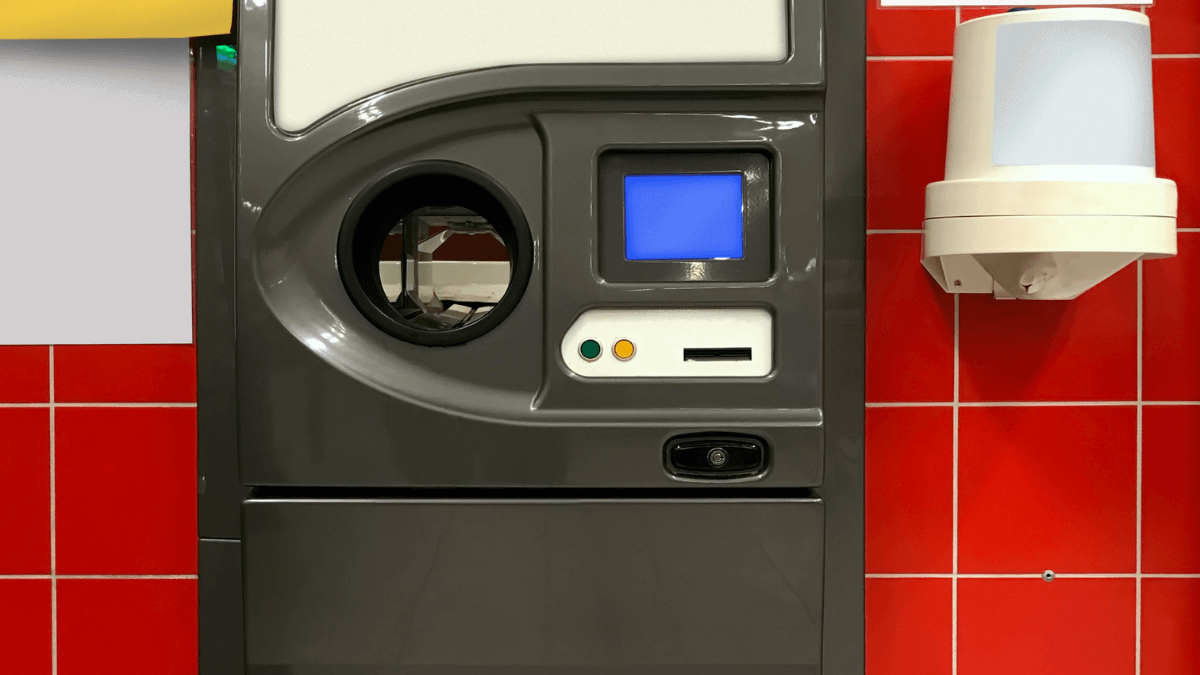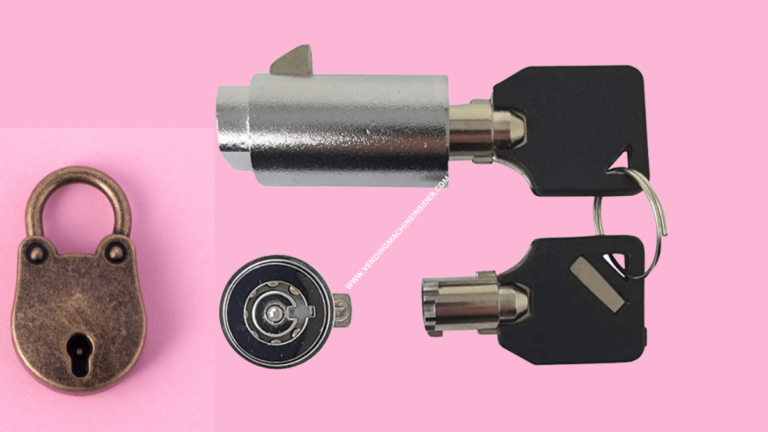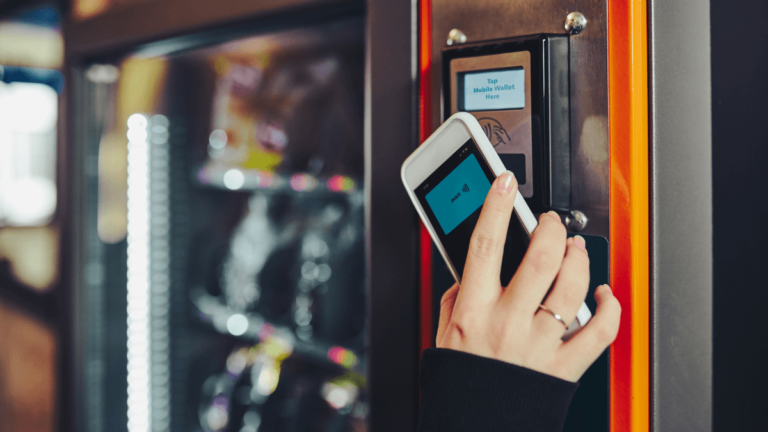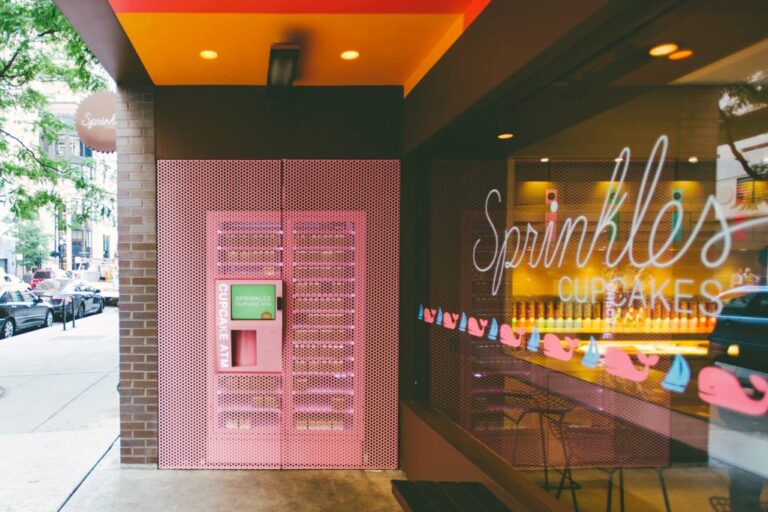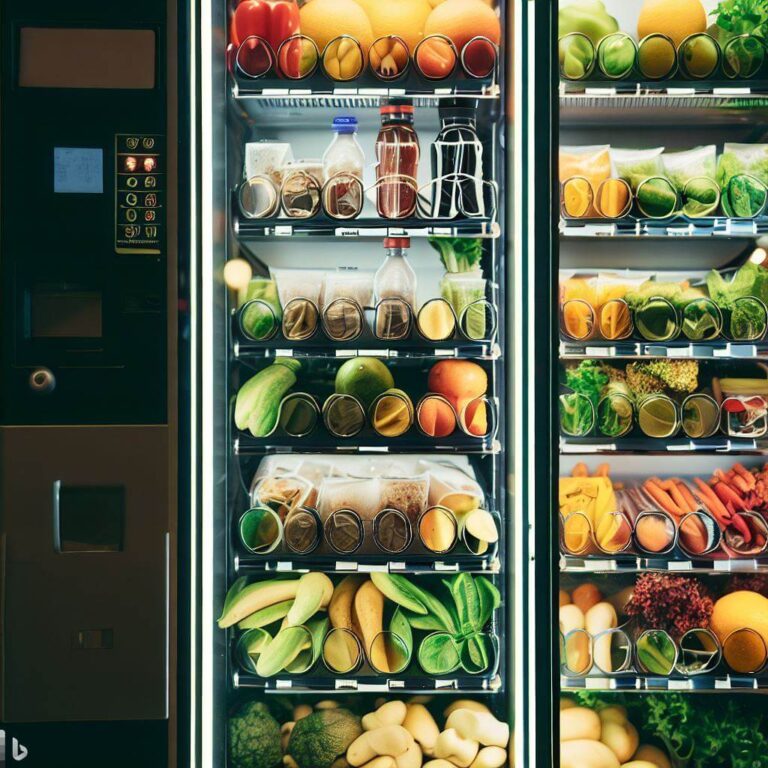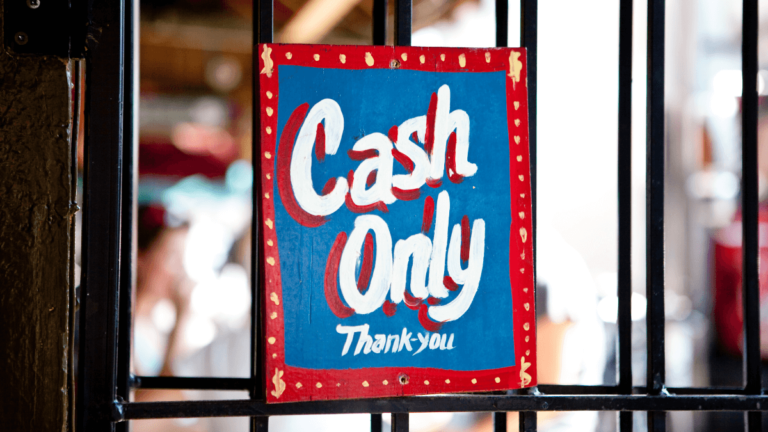What Are Reverse Vending Machines: How Does It Work?
Find out what a reverse vending machine is, how it operates, and why you should use it with our comprehensive guide.
Have you ever seen a reverse vending machine before and wondered how it works? Reverse vending machines started as a means to motivate people about recycling.
Then, they quickly became common in countries like the UK, Canada, Sweden, the United States, and more.
A reverse vending machine works by taking empty plastic bottles and similar objects and dispensing a receipt. The receipt’s content differs from one country to another. For example, some countries offer rewarding discounts, while some treat it as a redeemable card.
Now that we’ve given you a brief idea about reverse vending machines, it’s time to dive into more details.
So read on!
RELATED READ: How to Tell if a Vending Machine Is MDB-Enabled?
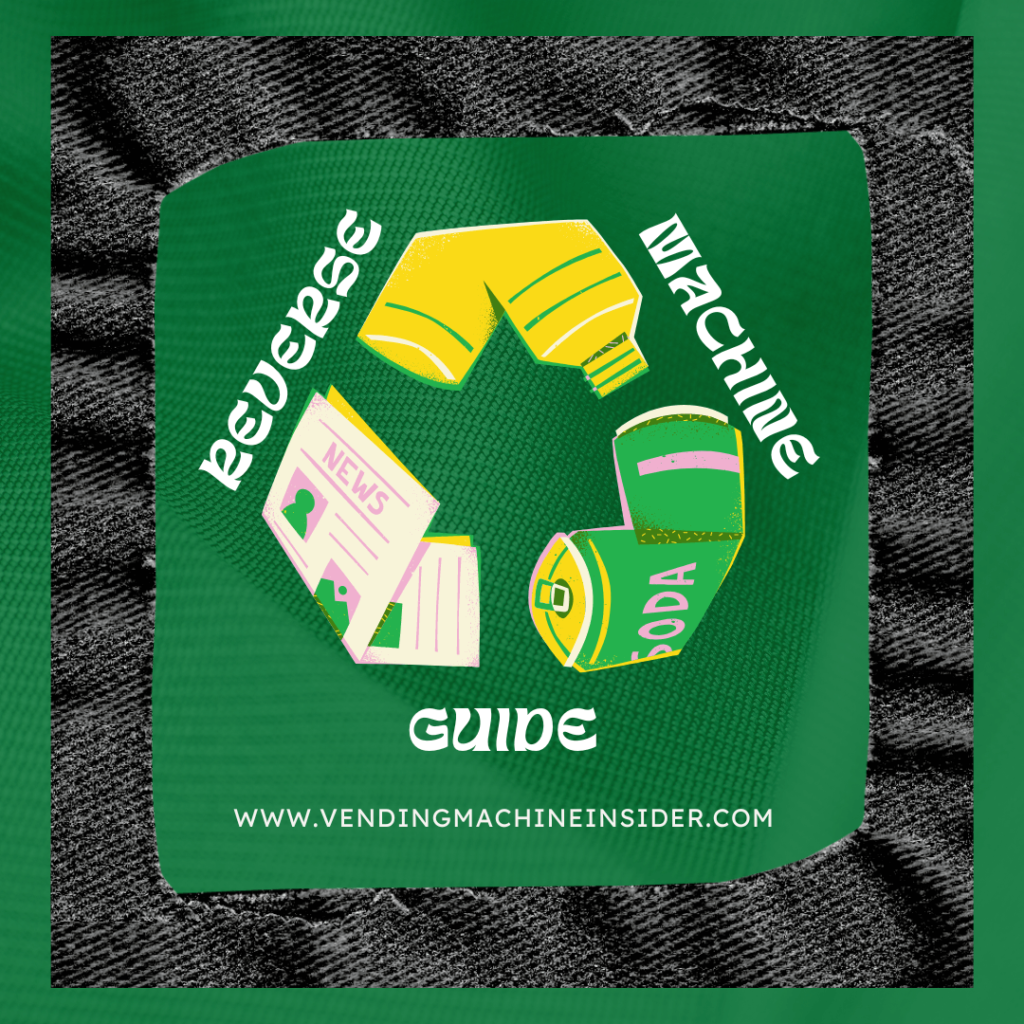
What Is a Reverse Vending Machine?
A reverse vending machine is a large machine that you can find in stores, supermarkets, airports, and other public places in specific countries. It has a large slot that you can use to insert a plastic bottle, old can, or glass bottle.
After the object slides inside the machine, it works on compacting and getting it ready for recycling.
The reason it’s called a reverse vending machine is that instead of putting money inside and getting a product, you insert a product and get a receipt of monetary value. It’s known as an RVM or a redeem machine.
Although these machines only became famous recently, you’ll be surprised to know that the first fully-automated machine was developed in 1972.
The best part about this machine is that it doesn’t only take the recyclable item. Instead, it dispenses a receipt to the person who used it as a reward for contributing to a healthier environment. In many countries, you can use the receipt to redeem money, donate to charity, or get a discount somewhere.
The main goal of reverse vending machines is to increase the rates of recycling worldwide. That’s why there’s a prize for anyone who uses it. It motivates more people to recycle more items, which means less plastic in the environment.
More so, the market of reverse vending machines is expected to grow further in the upcoming years as more people and businesses become aware of its importance.
How Do I Use a Reverse Vending Machine?
Using a reverse vending machine is pretty simple. Here are the steps you should follow to use it correctly.
Step 1. Insert Your Recyclable Object
Whether you have an aluminum can or a plastic bottle, the first step you should do is insert it in its correct slot. The slot often looks like a large circle, and you can find it on the front of the machine.
Step 2. Press the Recycling Button
Once your recyclable item vanishes in the slot, you should press the recycling button. You’ll most probably find it near the circular slot.
Tapping the button will get the machine to process the item you just dropped and print your receipt.
Step 3. Take the Receipt
Many people forget about the reverse vending machine receipt and walk away before taking it. However, if you do so, someone else will take it and benefit from it. So you should wait till the machine dispenses it, then pull it out.
To know what you can use the receipt for, read the information written on it. For example, it might include a discount on products from a nearby place.
Meanwhile, the machine should be working on your recyclable item. It’ll first scan the material and identify it. Due to the advanced technologies used in manufacturing such machines, the machine will identify the item’s barcode and register it against a wide database.
After the item is known, the machine will sort it with other similar items, compact it, and store it till its owner empties it.
Pros of a Reverse Vending Machine
After learning about how a reverse vending machine operates, you should know how important it is for the environment. First, such machines make recycling plastics and other harmful materials much more accessible to the public.
They also eliminate the need for human contact, which is time-consuming and not entirely safe during a global pandemic. Not to mention, over time, they’ll reduce litter on the street as people will recycle their bottles and cans before walking out of the place they’re in.
More so, reverse vending machines work quickly. So you won’t have to stand in line to wait for your turn at recycling.
Finally, these machines can sort recyclable items according to their manufacturing materials, which is time-consuming if employees do it. In other terms, it prepares waste items entirely for recycling, ensuring that only minimal effort is needed by people afterward.
Frequently Asked Questions
What Materials Do Reverse Vending Machines Recycle?
Right now, reverse vending machines recycle beverage containers only, whether they’re glass, aluminum, or plastic. But technological advances can help them recycle other materials in the future.
Are Reverse Vending Machines Common Around the World?
Partially, yes. There are more than 100,000 reverse vending machines around the world. While the number isn’t huge, it’s promising.
Are There Reverse Vending Machines in Germany?
Yes, of course. There are more than 40,000 reverse vending machines in Germany. You can find them in almost all supermarkets.
To Wrap Up
Reverse vending machines are becoming more common worldwide every day, and they’re a golden solution to raising recycling rates. They work by taking beverage containers and dispensing rewarding receipts to users.
Then, they sort the containers, make them compact, and store them so that they’re ready for recycling.
These machines are essential for our society because they keep streets clean, motivate people to recycle more and make recycling much more accessible.
Now that you know enough about reverse vending machines, you should make sure to use one the next time you see it!
Did you find this article helpful? For any queries, let us know in the comments below and we will try our best to help you out!
